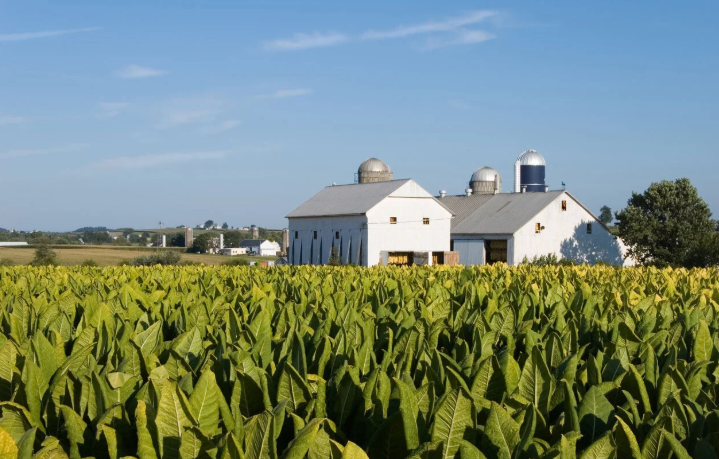This is the VOA Special English AGRICULTURE REPORT.
Many farmers in the United States face financial difficulty. Prices for crops have been low for several years. Costs for energy, fuel, fertilizers and farm equipment are rising. Across the country, producers of traditional crops are looking for ways to earn a bigger profit.
The state of Kentucky is the second leading producer of tobacco plants in the country, after North Carolina. Each year, Kentucky farmers earn more than five-hundred-million dollars growing tobacco.
However, more and more tobacco growers are exploring other ways to earn money. They note rising production costs and increases in foreign tobacco imports. Also, many Americans object to smoking for health reasons.
Some tobacco farmers are now raising catfish. John Murdock is one such farmer. He says catfish farming is becoming more common and profitable in western Kentucky. Recently, Mister Murdock and forty other local farmers formed a group to support the development of catfish farming. It is called the Purchase Area Aquaculture Cooperative.
Jessie Lopez heads the cooperative group. He says the group’s members wanted to develop a product that would support local growers. He says they also wanted to process and market the product.
For most members of the group, catfish farming is not the only way they earn money. Mister Murdock says western Kentucky still depends on the production of tobacco, grains and other crops. He adds that raising catfish is not as profitable as growing tobacco. However, he says his group will also earn money through the processing and marketing of the fish.
The Purchase Area Aquaculture Co-Op shows the continuing growth of catfish farming and processing in the United States. The Department of Agriculture says ninety-thousand hectares of ponds are currently being used for catfish farming. The Department expects American farmers to add more than two-thousand hectares of new ponds for raising catfish this year.
Agriculture officials say the United States has almost three-hundred-fifty-million catfish ready for market. The fish are worth more than five-hundred-million dollars to catfish farmers nationwide.
This VOA Special English AGRICULTURE REPORT was written by George Grow.
